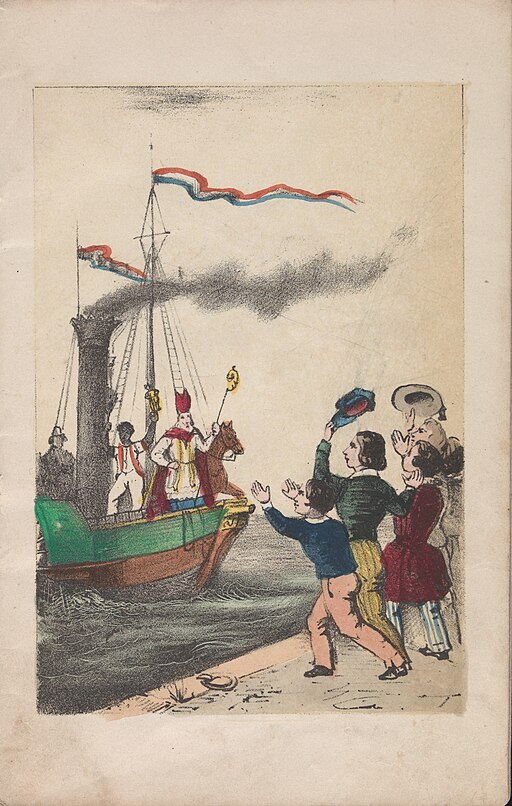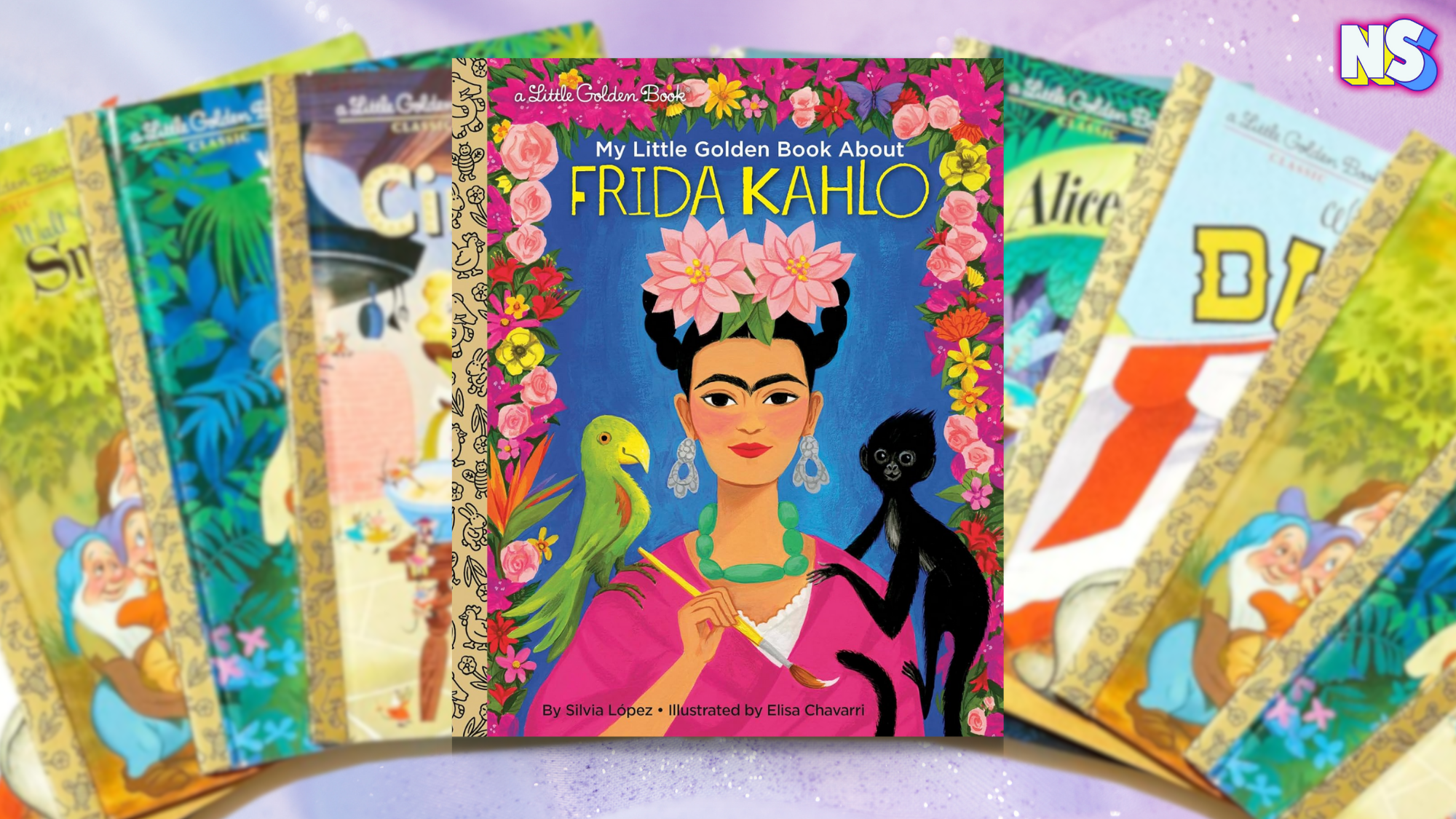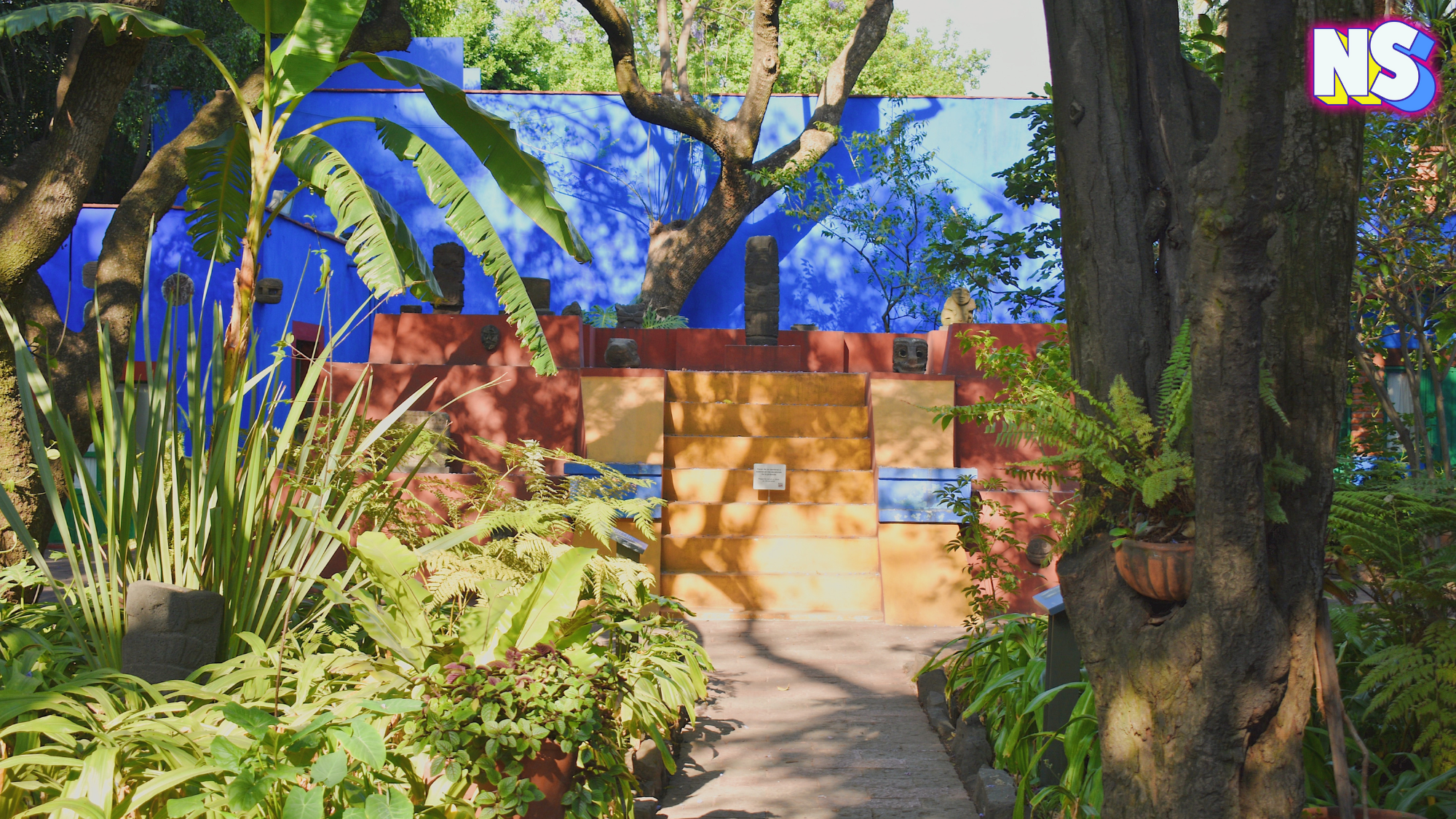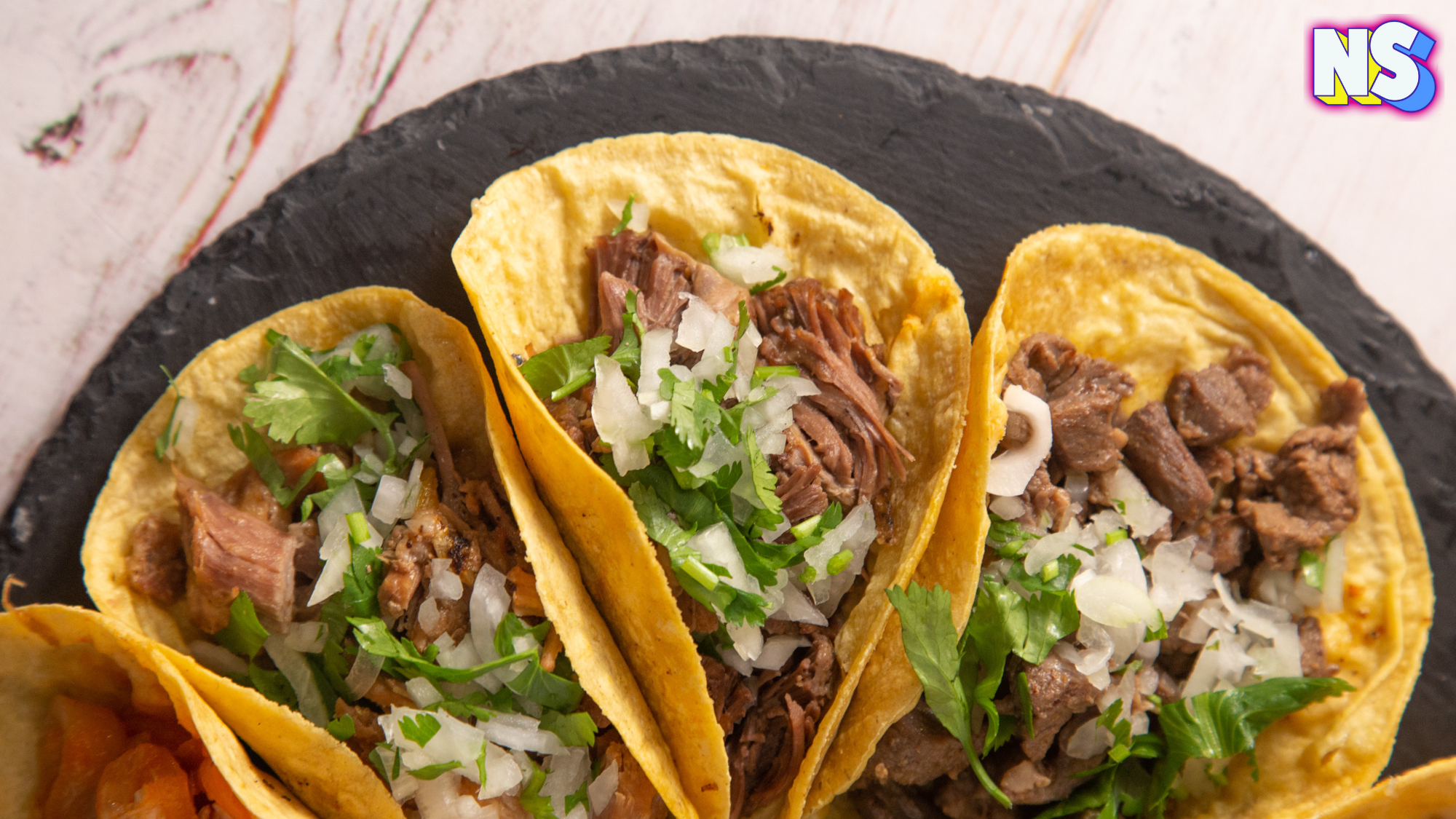As I prepared for my first frosty Christmas Eve in Utrecht, The Netherlands, leaving behind balmy Noche Buena celebrations in my hometown Miami, I had no idea that my holiday season was about to take an odd twist.
Little did I know that my new neighbors would introduce me to a tradition so peculiar, and so controversial, it would make my palm trees back home sway in disbelief. I’ve never celebrated the holidays the same since.
The Arrival of SinterKlaas
Picture this: It’s Christmas Eve, and the streets of the Dutch university town of Utrecht, 20 minutes south of Amsterdam, the country’s capital, are adorned with twinkling lights. The scent of speculaas cookies from the mom and pop bakeries wafts through the air, and the canals shimmer like liquid silver.
Near the Centrum (the city center, where we lived in a rustic rowhouse), my Dutch neighbors gathered in their cozy home, with family and me, their new “Cuban” neighbor, eagerly awaiting the arrival of SinterKlaas. Yes, SinterKlaas, not Santa Claus or Santi Clo. Forget the rotund man in a red suit; here, he was a dignified, bearded fellow in a bishop’s robe.
Oddly, they told me that SinterKlaas was sailing north to Holland from Spain on his trusty steamboat. Of all places, why Spain? Well, rumor has it, Sinterklaas is a snowbird who spends his summers enjoying the Spanish beaches along the Costa del Sol.
The Enigma of Zwarte Piet
Then I was told about the Dutch Santa’s helper, Zwarte Piet, or Black Pete. He was described as a character who combines the whimsy of Santa’s elves with the mystery of a secret agent. That’s the fun Dutch Piet.
But here’s the twist: Piet isn’t just any sidekick; he’s SinterKlaas’s right-hand man, and his former slave. Yes, tradition has it that Piet, in his original form, was a black Moor from Spain.
“Before the Netherlands abolished slavery in 1863, the country was deeply involved in the transatlantic slave trade,” a National Geographic oiece about the Dutch holiday explains. “It grew prosperous by selling enslaved people to the United States or sending them to work in Dutch colonies, and some nobles gifted each other with enslaved black children, who are shown in paintings wearing colorful, Moorish clothing similar to Zwarte Piet’s.”
Although the exact origin of Zwarte Piet is unknown, many agree that Jan Schenkman, an Amsterdam schoolteacher, immortalized Piet in an 1850 book. 
As I was told, Piet is a bit of a klutz, speaking broken Dutch and distributing candy to well-behaved children. But there’s also a darker side: Piet also dishes out punishment to the naughty ones – like getting kidnapped and taken back to Spain! The worst punishment of them all, according to the story.
The Controversy and the Rainbow Revolution
The concept of the black slave helping Santa on Christmas is so controversial that, in 2020, according to the Dutch publication NL Times, “Facebook and Instagram banned images of Zwarte Piet as part of a global policy against the use of racist and anti-Semitic imagery.”
However, it’s a holiday tradition celebrated every year, with the Dutch donning Zwarte Piet costumes as some would wear an elf outfit for Christmas.
“Thousands of white Dutch people paint their faces black to dress up as the character every year,” reports the ati article “Inside The Black Pete Tradition Of Christmas Blackface In The Netherlands.”
“Actors portraying the character have often used makeup to darken their skin color and make their lips redder and larger. They often wear curly black wigs and an earring,” the NL Times explains. “The costume has been deemed a racist depiction by movements around the Netherlands and across the world, but others say that the darker skin and hair color is the result of climbing in and out of chimneys.”
Many Dutch now say that the Zwarte Piet narrative is inappropriate, so, over the years, they’ve tried to give Piet a makeover.
In the early 2000s, out went the blackface, the curly wigs, and the bright red lipstick. In came the Rainbow Piets, a kaleidoscope of colors, like a bag of Skittles. These Piets are all about inclusivity, diversity, and spreading joy without the baggage of history.
But tradition dies hard. And, in many Dutch households, images of the old Piet still reigns supreme. And, honestly, I get it. Change is tough, especially when it involves children and tradition.
Now, over two decades later, our family has incorporated some Dutch holiday traditions over here, far from Holland and Spain. We will celebrate our traditional Noche Buena, of course, with the caja China and roasted lechon. But my Cuban-American daughters also snack on kruidnoten, the gingerbread-type cookies left in their wooden Dutch shoe by Piet.
Thanks to my days in Holland, our family knows that the world celebrates the holiday season differently. And, because they know that, like life itself, holiday traditions are ever-changing and eternally cherished.





